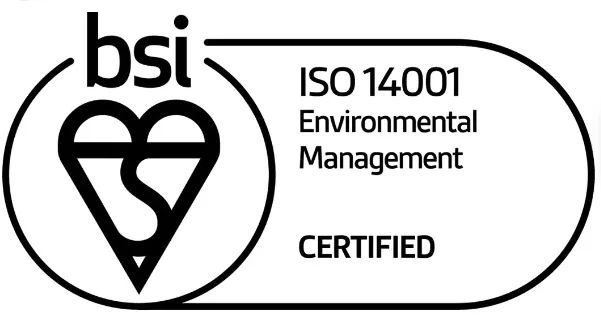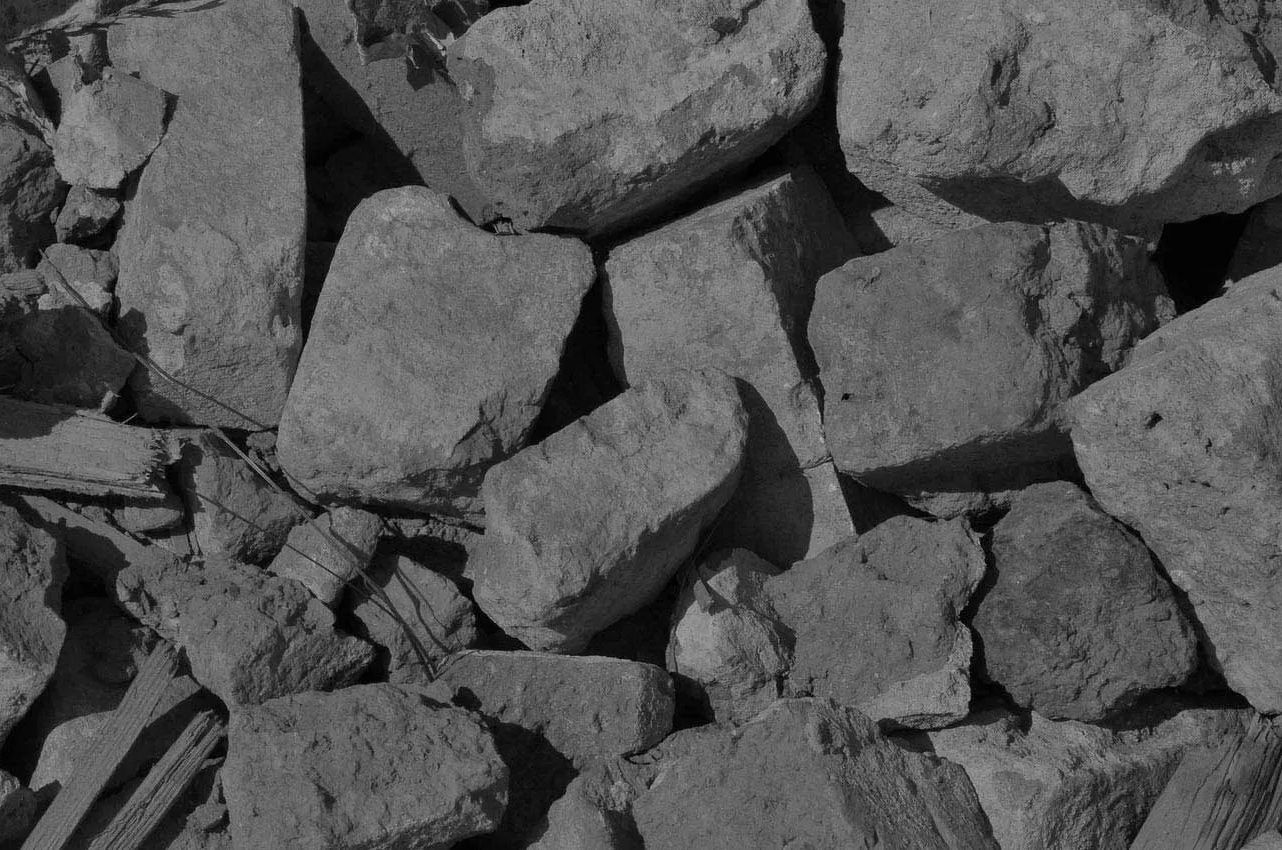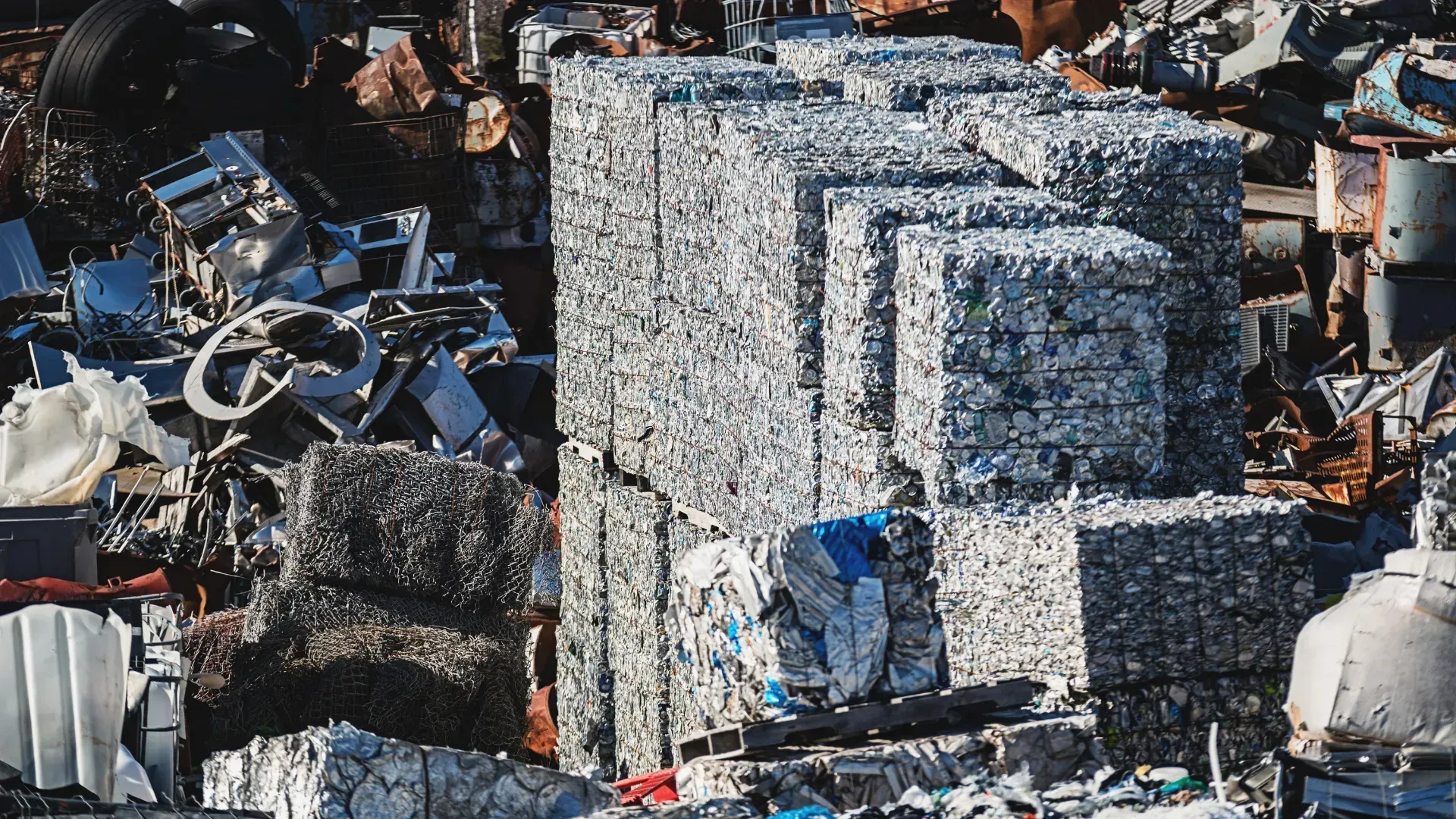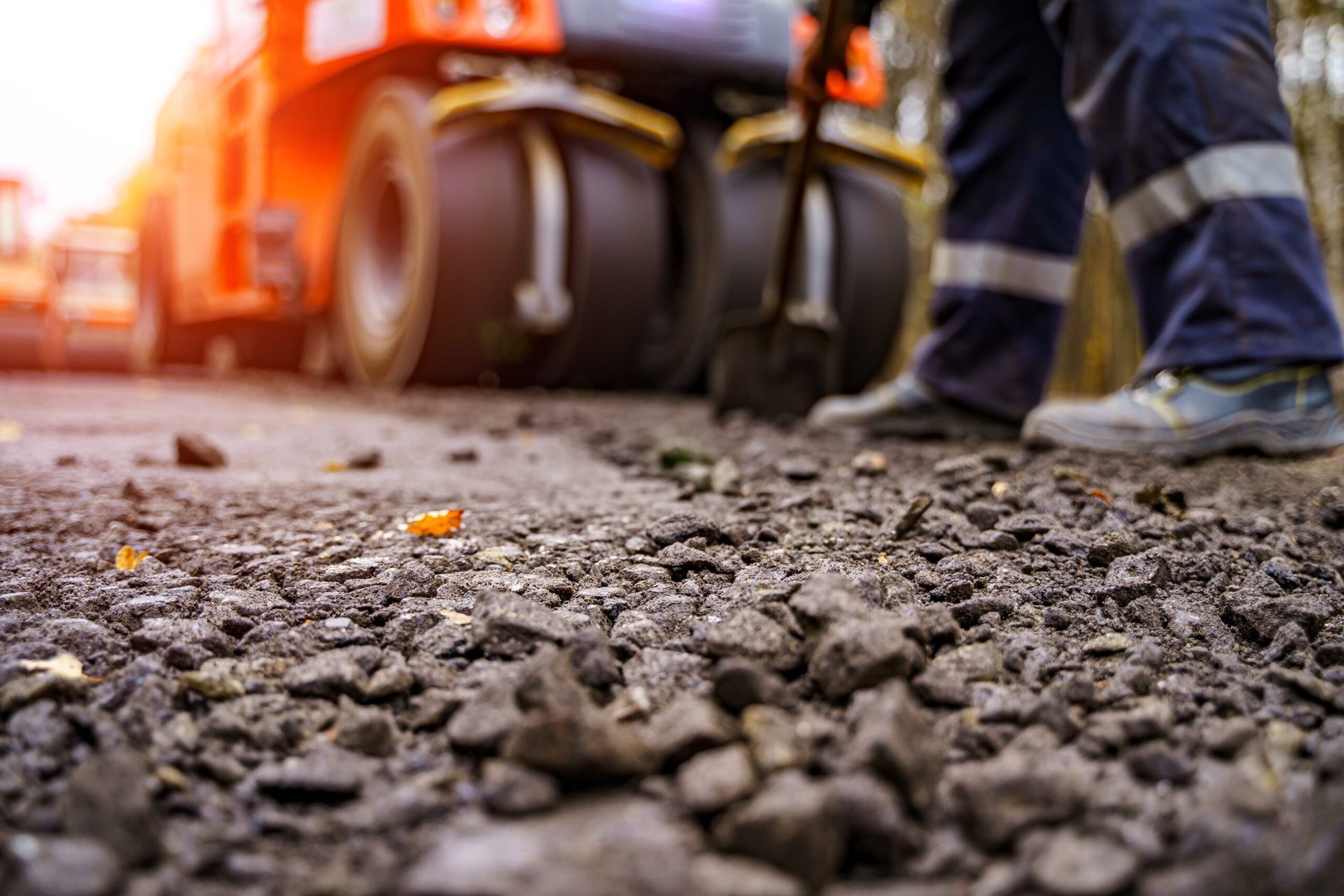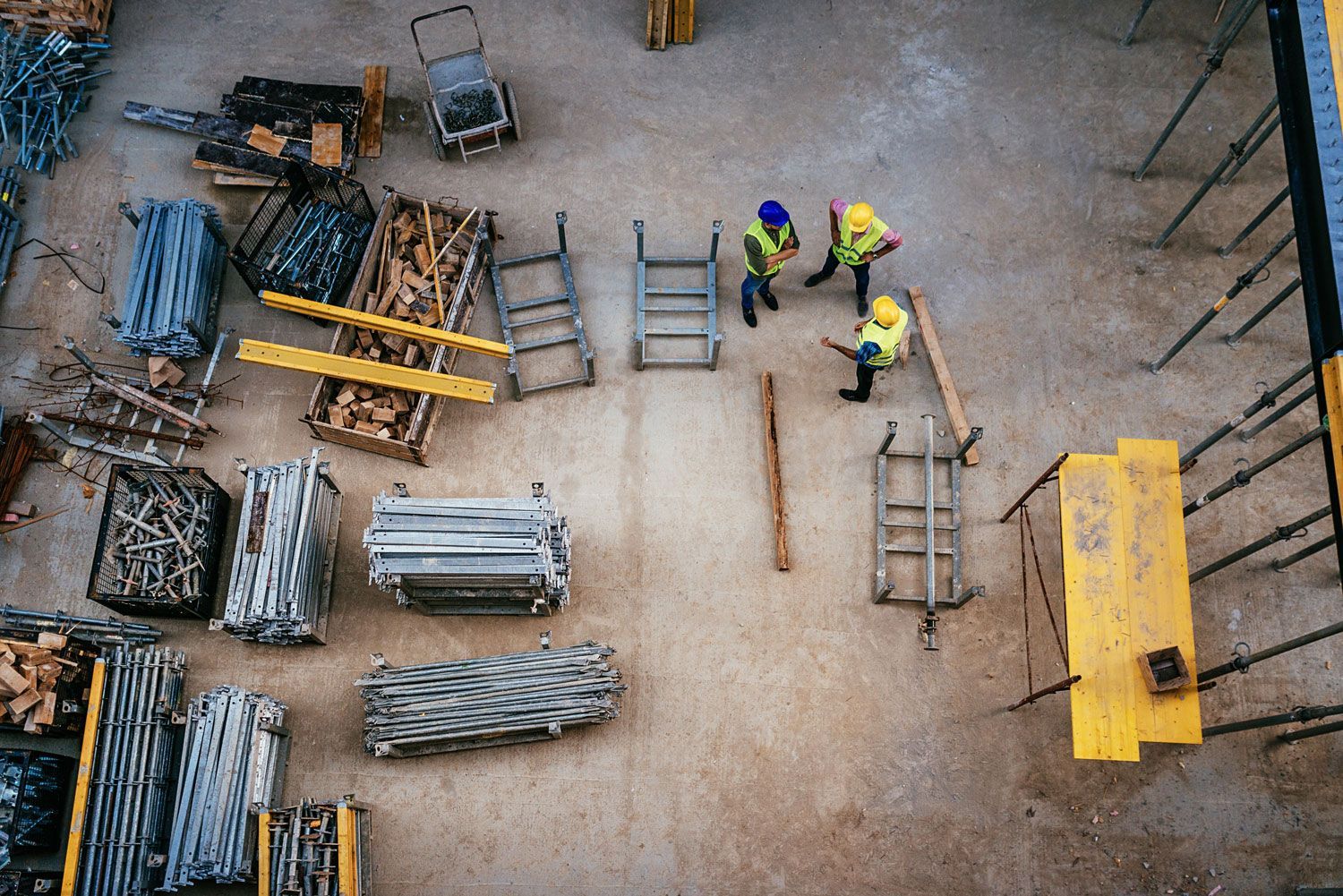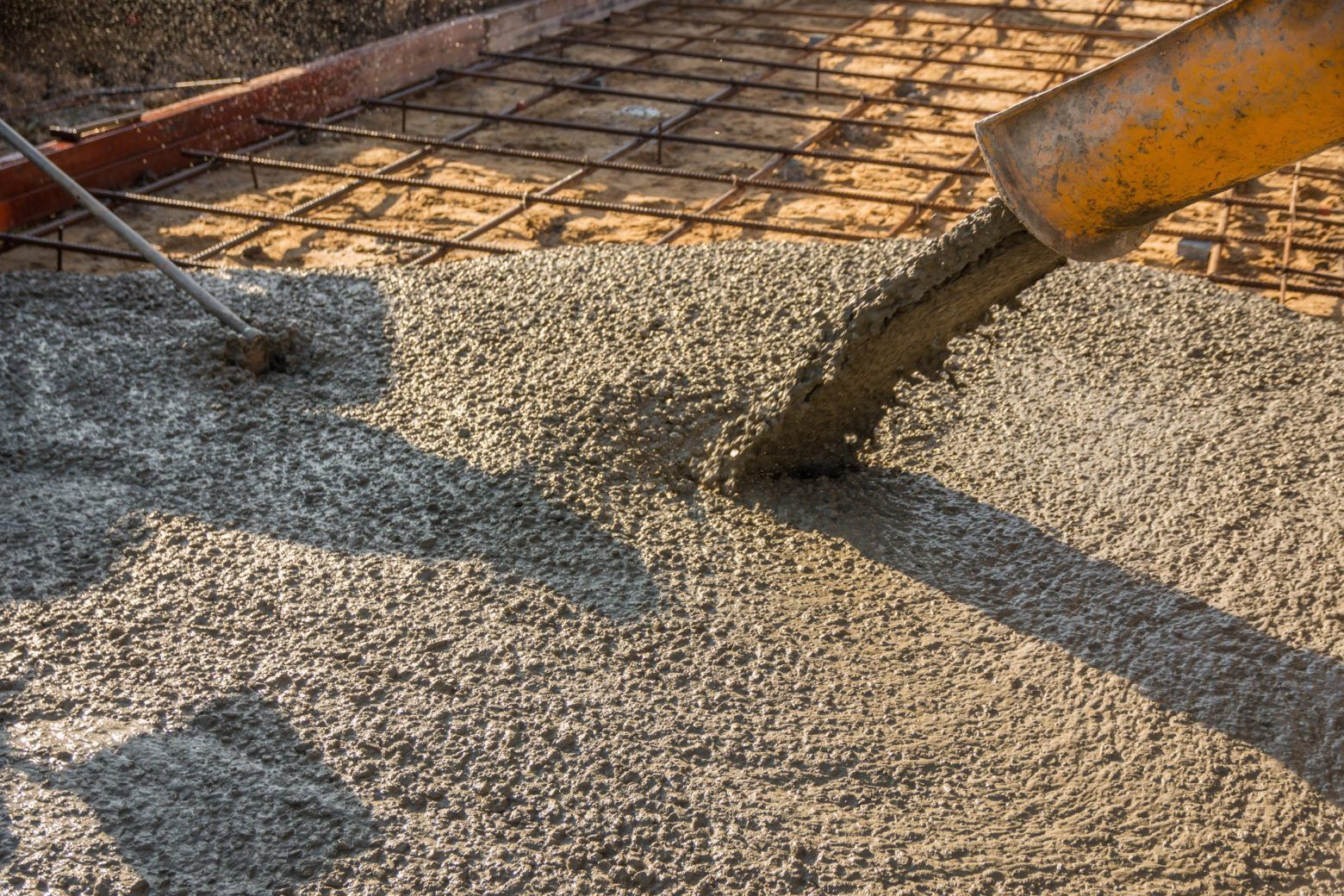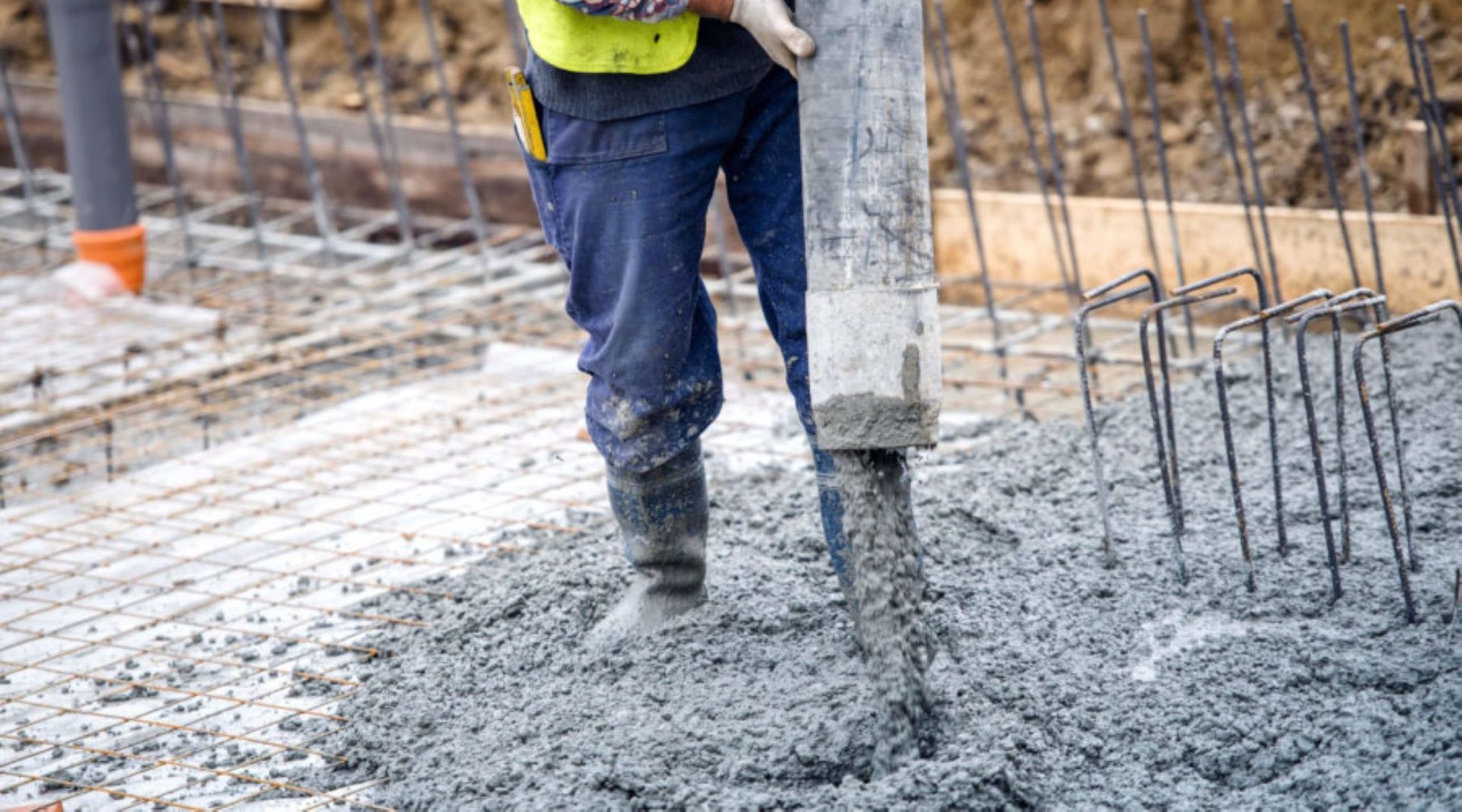A Guide on the Process of Reclaiming Building Materials
As an industry that is known to have a negative impact on the planet, the construction sector has progressively been incorporating innovative and sustainable practices into the way it operates. One such practice is the process of reclaiming, recycling and reusing existing building materials.
By reclaiming construction materials in this way, less energy is used, less waste is produced and less natural resources are used up in the process of sourcing materials for a project. In this blog, we’ll take a closer look at the process of reclaiming materials, discussing what happens at each stage before an existing material is ready to be reused once more.
What Are Reclaimed Building Materials?
Reclaimed building materials are simply any building material that has been used at least once before and is reused for a new purpose, either in its original form or with some simple modifications. The purpose of reclaiming materials and using them in place of virgin materials is to improve the sustainability of a project, as less waste is produced and raw resources are conserved.
Building materials that can be reclaimed include:
● Bricks
● Concrete
● Timber
● Glass
● Stone
● Earth
● Metal
The Reclamation Process
Step 1: Salvage
The first step in reclaiming construction materials is to salvage the materials from their original use. These materials are often taken from a building or structure that is no longer in use and is in plans to be demolished.
The most sustainable way to do this is through a method known as deconstruction. Rather than demolishing a structure, dismantling it in an organised manner is the most effective way to salvage reusable materials. This also minimises risks of contamination from other materials.
Once the necessary materials have been salvaged, they should be collected and organised into their separate, relevant classifications.
Step 2: Adapt
Once materials have been collected, they’ll then need to be cleaned and restored so that they are ready to be reused. Construction materials are often covered with dirt, mortar, paint or other residues that will need to be removed in order to be used in a new project.
As well as this, they may have sustained minor damage that requires restoration. This could include trimming broken edges, sanding surfaces, filling in gaps, treating with finishes and more. Once cleaned, refinished and/or repainted, the materials are ready for use once more.
Step 3: Reintroduce
Now that the materials are ready to be used once more, they can be sold to external contractors, or reused in an internal project. They are usually sorted and graded based on their quality, size and potential for reuse first, which helps to determine what they can be reused for and what they might be priced at.
When it comes to reuse, they are often used in renovation projects, new construction projects or even small-scale DIY projects by homeowners.
Reclaimed Building Material Supply in Lanarkshire
If you’re looking for sustainable building materials in Lanarkshire, then look to us here at William Thompson and Son.
We take our environmental responsibilities very seriously, which is why we’re proud to offer recycled aggregates to our customers, as well as our standard supply of building materials.
To enquire about the materials we can offer you, then don’t hesitate to get in touch with us today.

